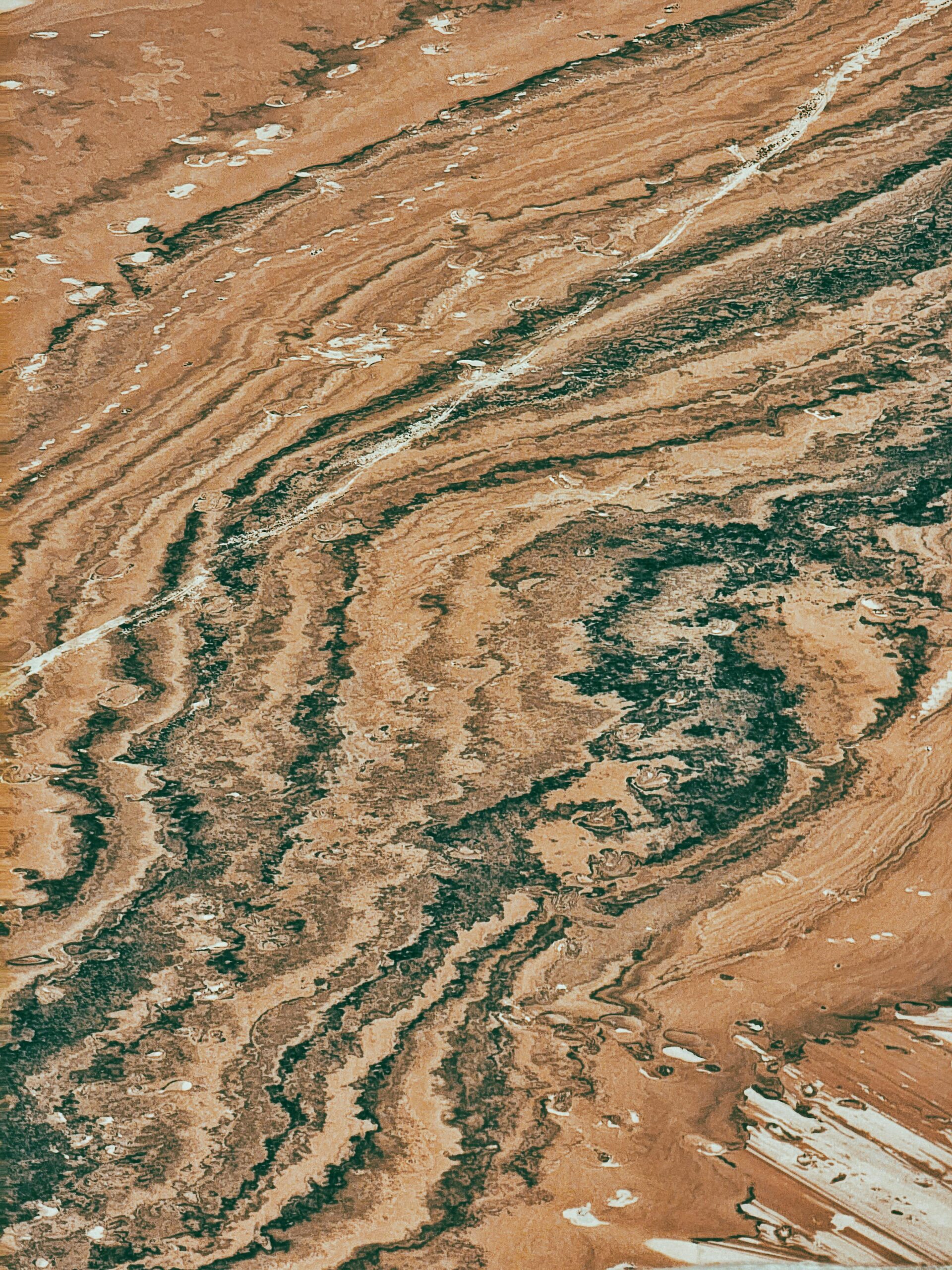Due to Alabama’s diverse landscape, ample waterways, and frequent rain, it is especially vulnerable to soil erosion. When rainwater displaces soil, it can cause significant damage. Most importantly, it can damage farmland, natural habitats, and infrastructure like roads and bridges. Soil erosion can also lead to large amounts of sediment entering Alabama’s beautiful rivers and lakes. This negatively impacts water quality and harms the aquatic ecosystems. Controlling erosion is a way to protect Alabama’s natural resources and promote the long-term health of its landscapes. The experts at Burns Environmental would like to share more about what erosion control is and why it is so important in Alabama.
Understanding Erosion Control
Erosion control is essential in Alabama, home to diverse terrain, heavy rainfall, and rich natural resources. By implementing effective erosion control like silt fencing and hydroseeding, the experts at Burns Environmental are helping to preserve Alabama’s soil quality and water resources and sustain its landscapes.
Key Erosion Control Methods for Alabama
Silt Fencing
Silt fencing is one of the easiest and most effective ways to control erosion. Silt fencing is often seen at construction sites, farms, and other areas where heavy soil disruption occurs. Silt fences are made from a synthetic permeable fabric, designed to trap soil particles in sediment-loaded water while allowing the clean water to pass through.
In Alabama, where heavy rain can quickly wash away exposed soil, silt fencing acts as a first line of defense. Silt fences are often used alongside other erosion control methods to create a more comprehensive erosion control strategy.
- Sediment Control: Silt fences keep soil from being washed away which is especially useful in areas where soil has been disturbed, such as construction zones or newly planted fields.
- Waterway Protection: Through filtering sediment, silt fencing helps protect Alabama’s rivers, lakes, and streams from pollution, which can be harmful to aquatic habitats.
- Easy Installation: Silt fences are relatively inexpensive and easy to install, making them a practical and affordable option for controlling erosion.
Hydroseeding
Another effective erosion control method is hydroseeding. Hydroseeding involves spraying a mixture of seeds, mulch, water, and fertilizer onto the soil to establish vegetation quickly. Hydroseeding is ideal for areas susceptible to erosion because the plants’ root systems help stabilize the soil and reduce rain and wind impacts. In Alabama’s climate, hydroseeding offers fast and efficient coverage of large landscapes for erosion-prone areas.
- Quick Growth: The mulch used in hydroseeding mixtures helps retain moisture giving seeds the perfect environment to germinate and grow rapidly. Once vegetation is established, landscapes have protection against erosion.
- Adaptability: Hydroseeding can be applied to any and all terrains. From sloped terrain to hillsides and flat areas, hydroseeding is extremely versatile. The mixture can also be tailored to specific soil conditions.
Combining Silt Fencing and Hydroseeding for Effective Erosion Control
Hydroseeding and silt fencing work best when used together. As the silt fences control sediment runoff in the short term, hydroseeding establishes long-term vegetation growth. The all-encompassing hydroseeding and silt fence services offered from Burns Environmental can help turn any struggling yard into a flourishing green lawn, or serve as an amazingly effective erosion control solution for job sites. Whether you are a homeowner or a construction site manager, the power of residential and commercial hydroseeding can help you conquer any environmental challenge you face at home or on the job site.
Burns Environmental offers a number of other environmental services in Alabama, including silt fence installation, environmental consulting, NPDES permitting, safety auditing, and more.
Contact Burns Environmental to get a quote or arrange your next Alabama hydroseeding project today!
For any seeding project, hydroseeding is the way to go. Contact Burns Environmental to get your FREE quote today!

